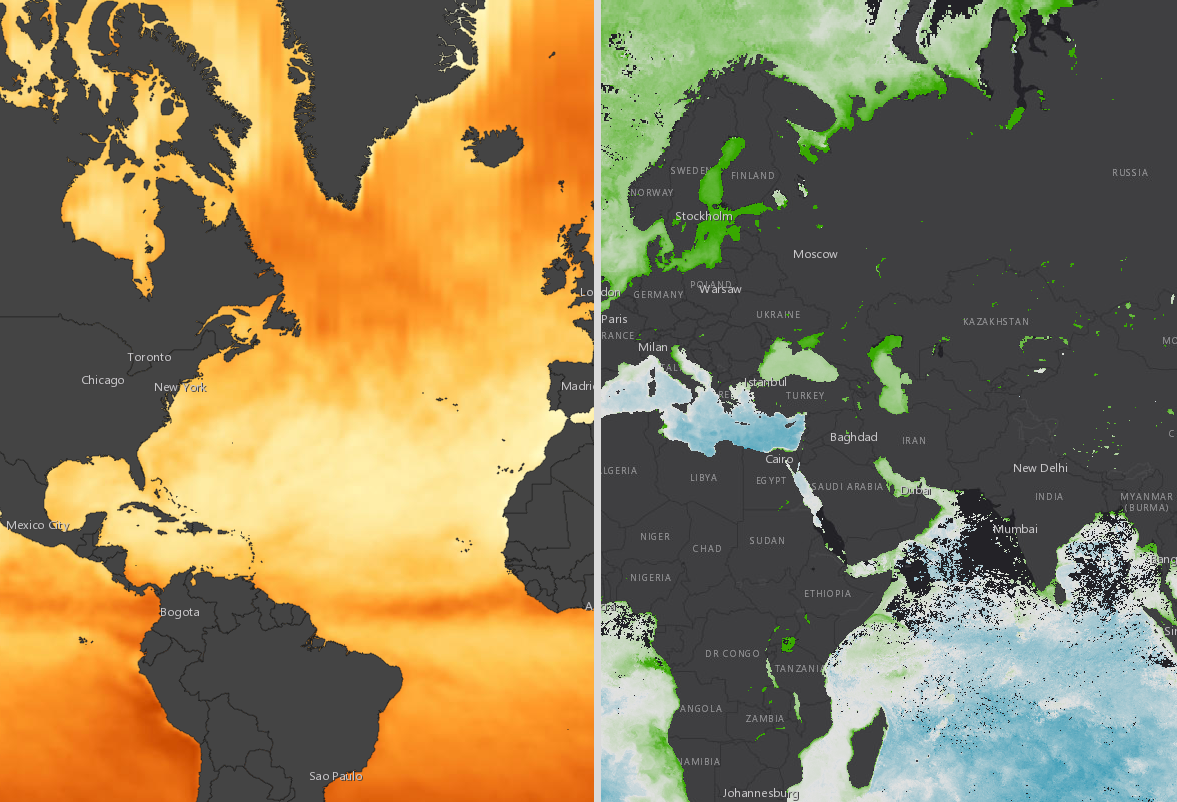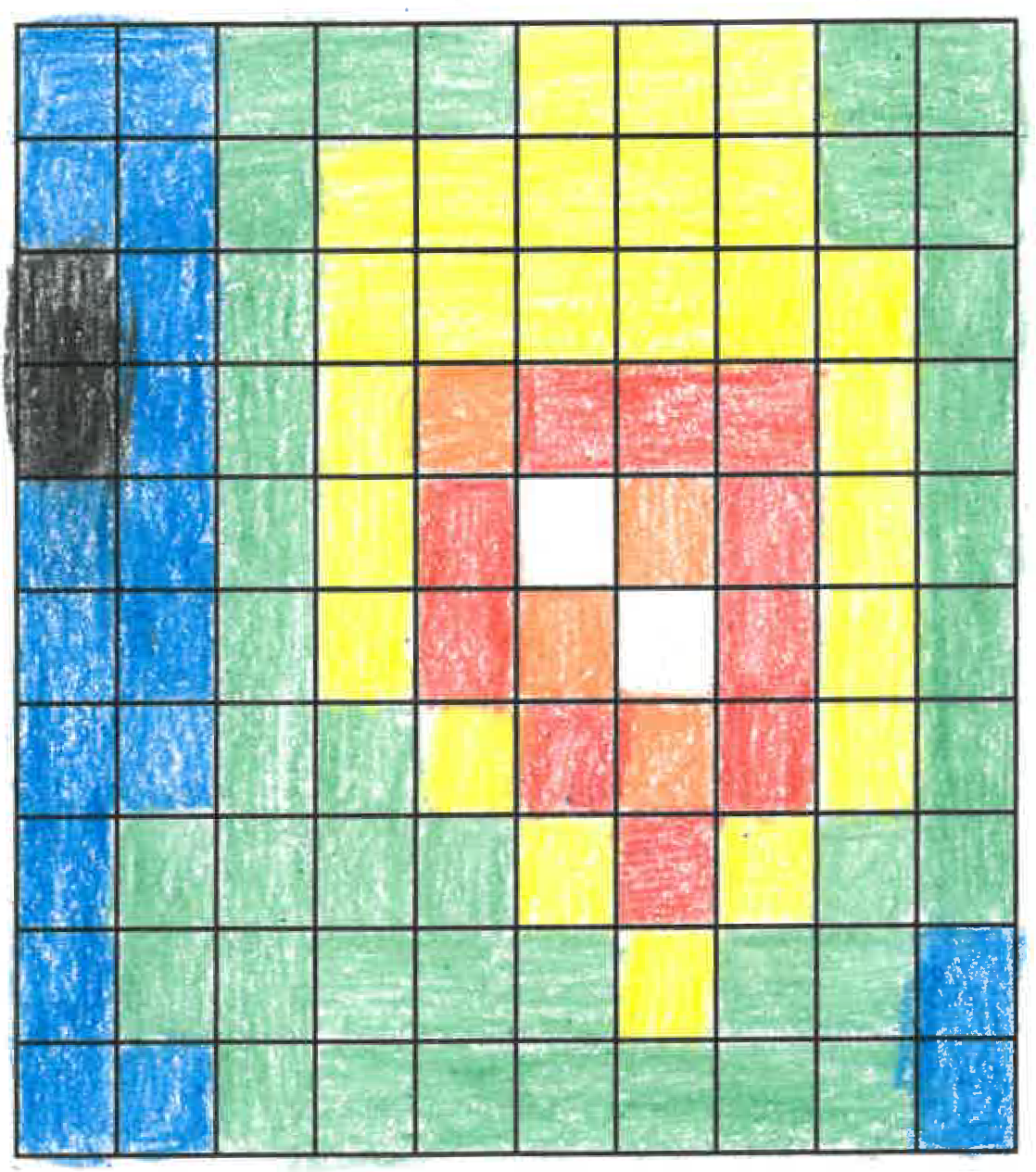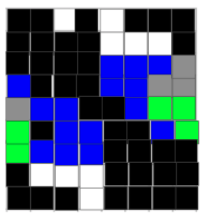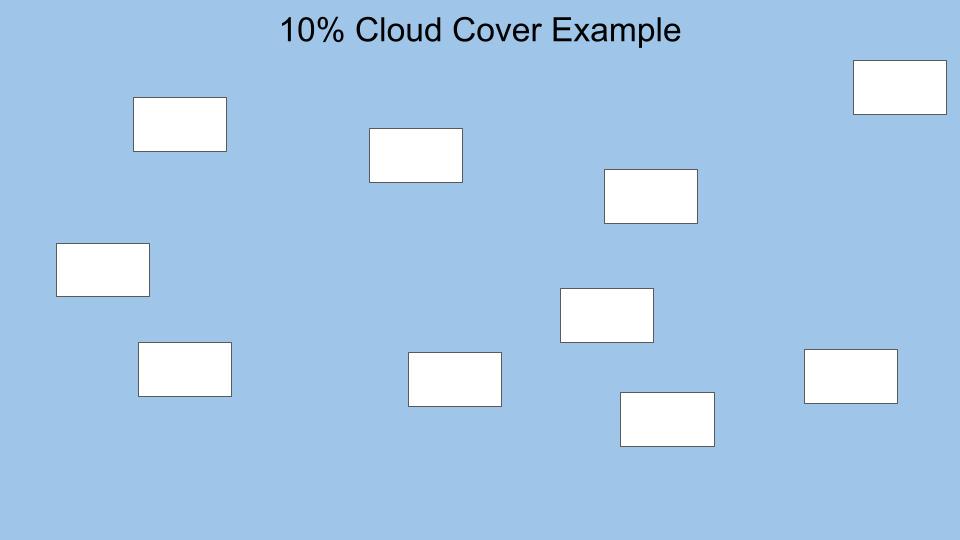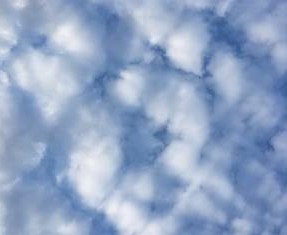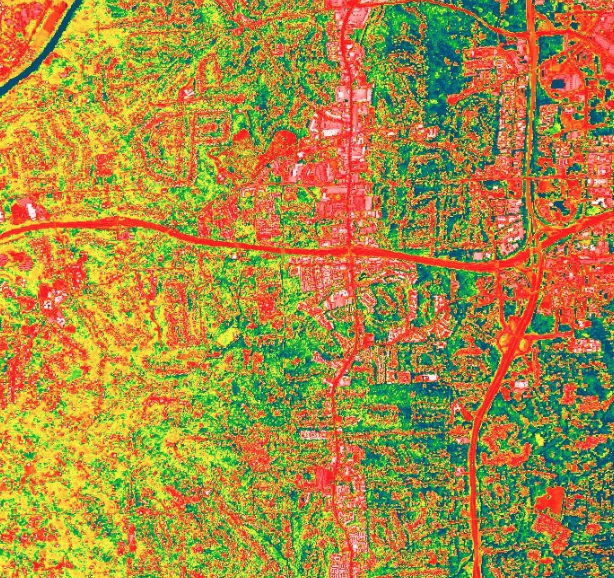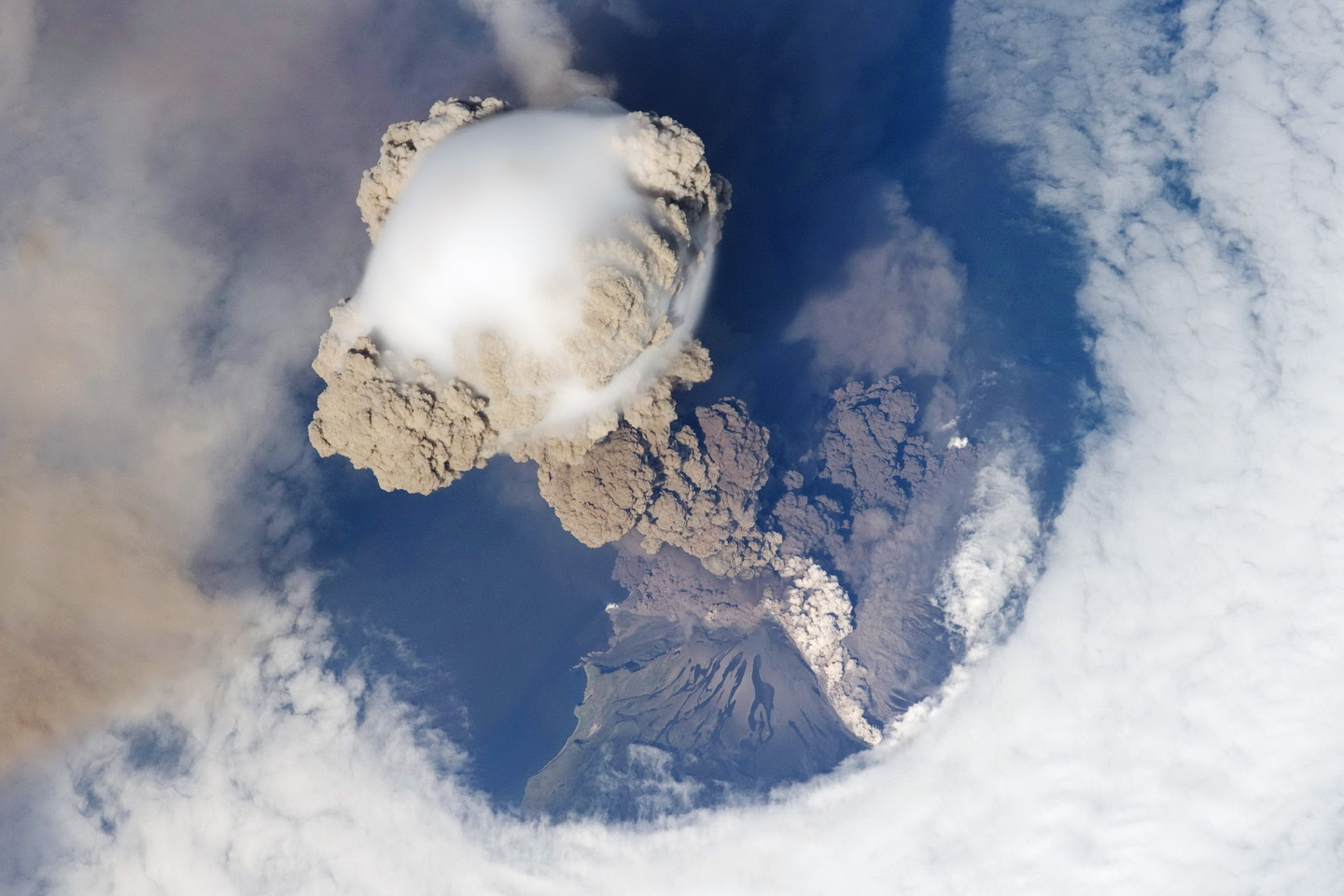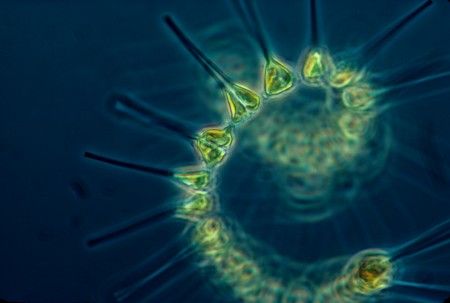Students identify patterns in chlorophyll concentration data to formulate their explanations of phytoplankton distribution.
List of all Earth as a System Interactives


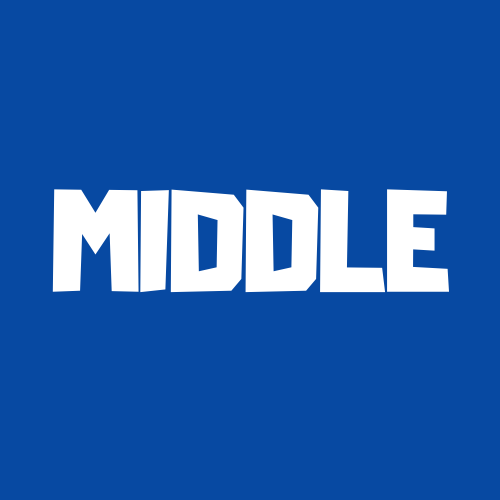

Students identify patterns and describe the relationship between chlorophyll concentration and incoming shortwave radiation.
Scientific data are often represented by assigning ranges of numbers to specific colors. The colors are then used to make false color images which allow us to see patterns more easily. Students will make a false-color image using a set of numbers.
Information from satellites if often used to display information about objects. This information can include how things appear, as well as their contents. Explore how pixel data sequences can be used to create an image and interpret it.
This activity will help students better understand and practice estimating percent cloud cover.
Learn about the different cloud types and their names. Match cloud photos and names by cloud type and for all types. Evaluate the types of clouds represented in various data displays.
Using various visualizations (i.e., images, charts, and graphs), students will explore the energy exchange that occurs when hurricanes extract heat energy from the ocean. This StoryMap is intended to be used with students who have access to the internet in a 1:1 or 1:2 setting.
This StoryMap allows students to explore the urban heat island effect using land surface temperature and vegetation data in a 5 E-learning cycle.
This StoryMap allows students to explore the formation and impacts of ash and aerosols from volcanic eruptions around the world in a 5 E-learning cycle.
This StoryMap lesson plan allows students to explore global phytoplankton distribution using chlorophyll concentration data in a 5 E-learning cycle.







